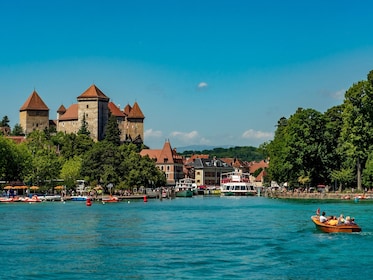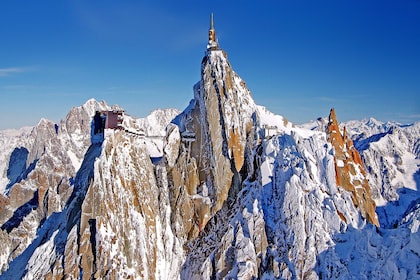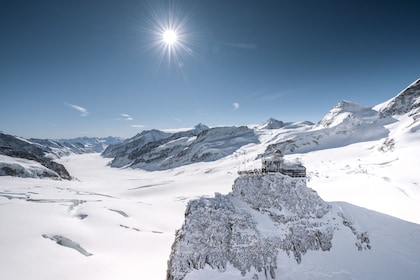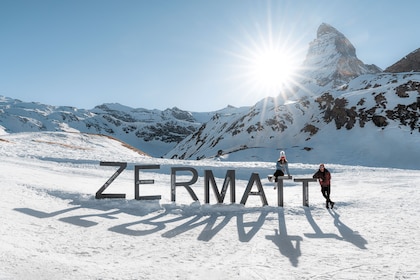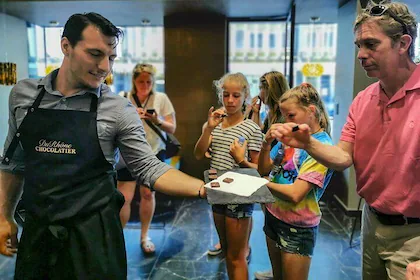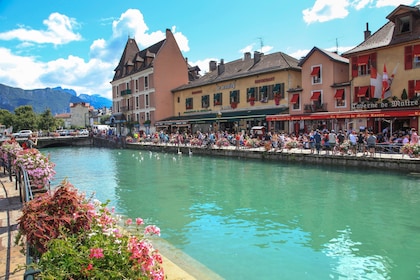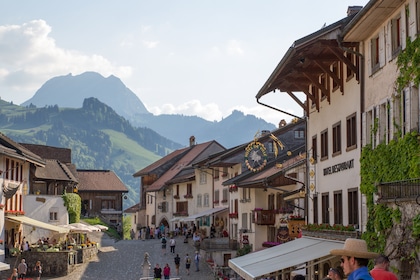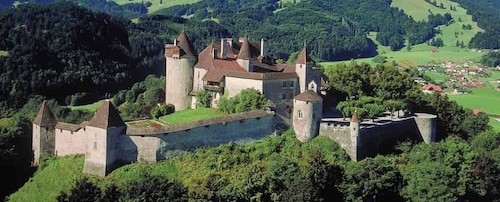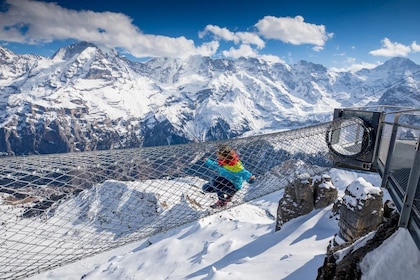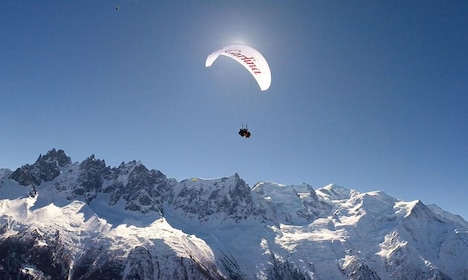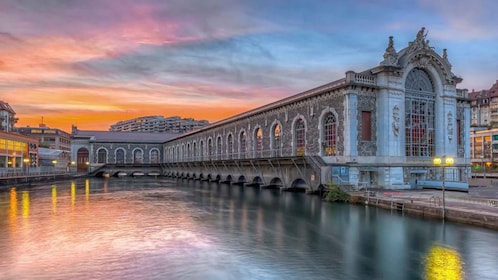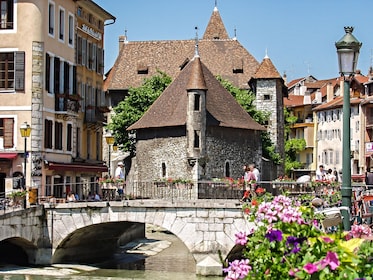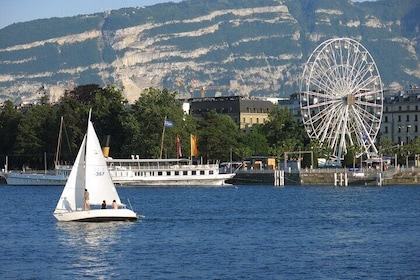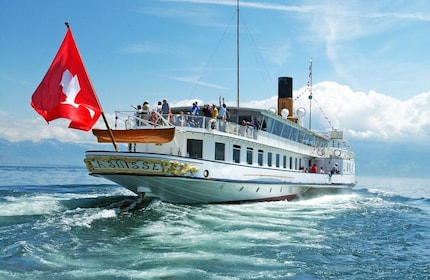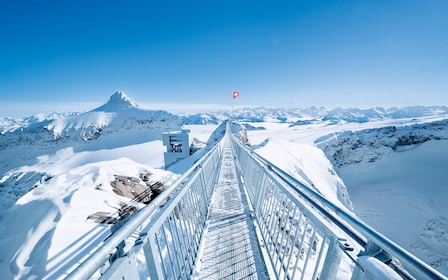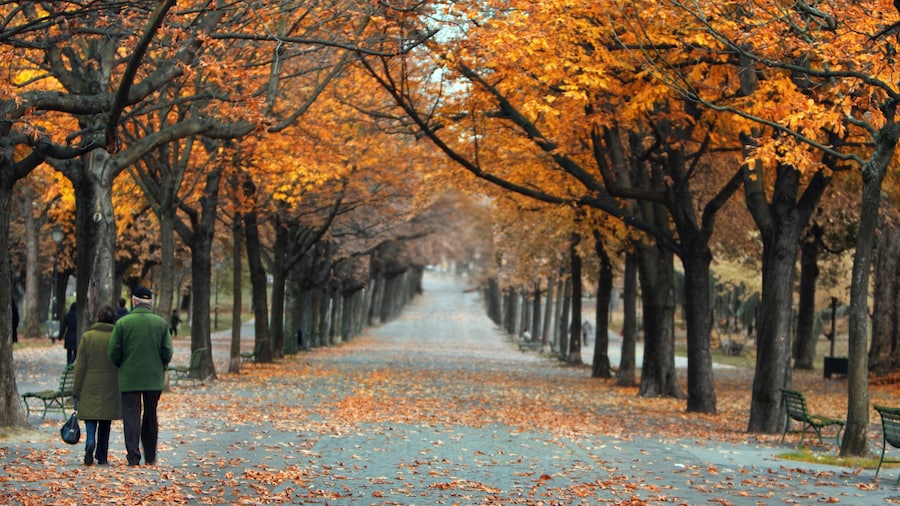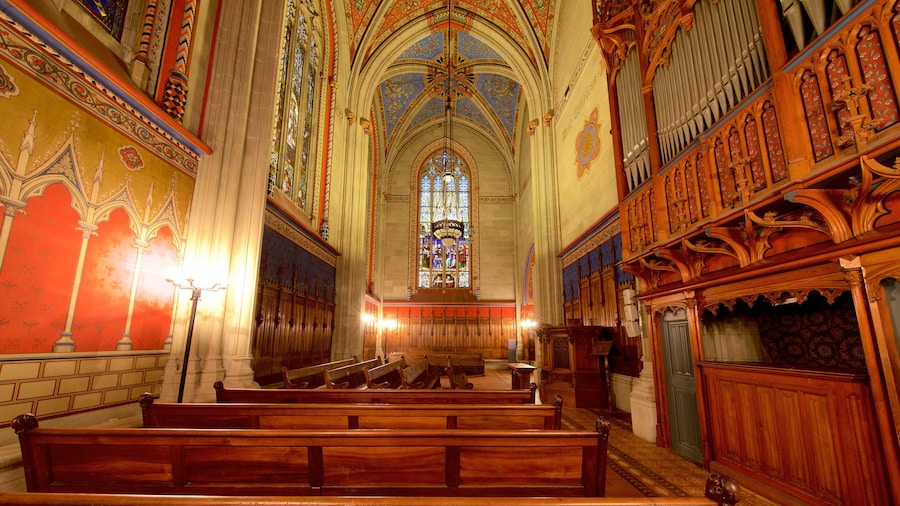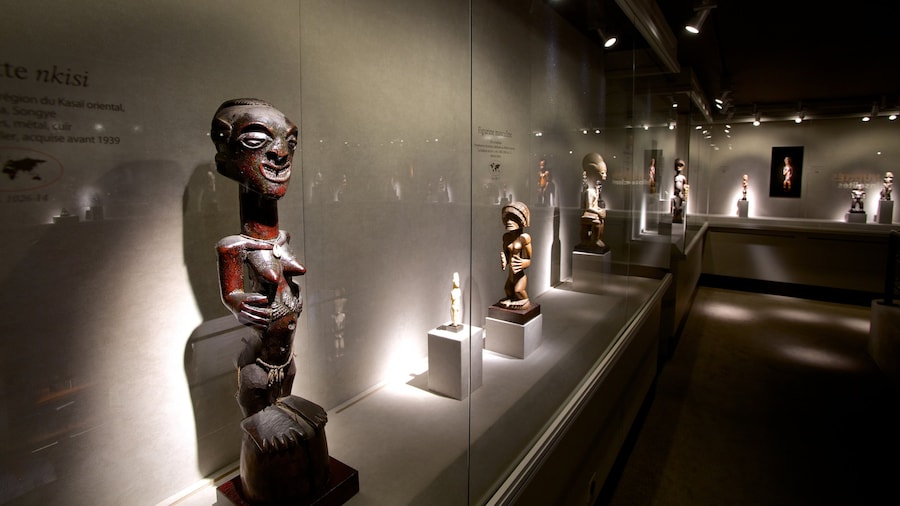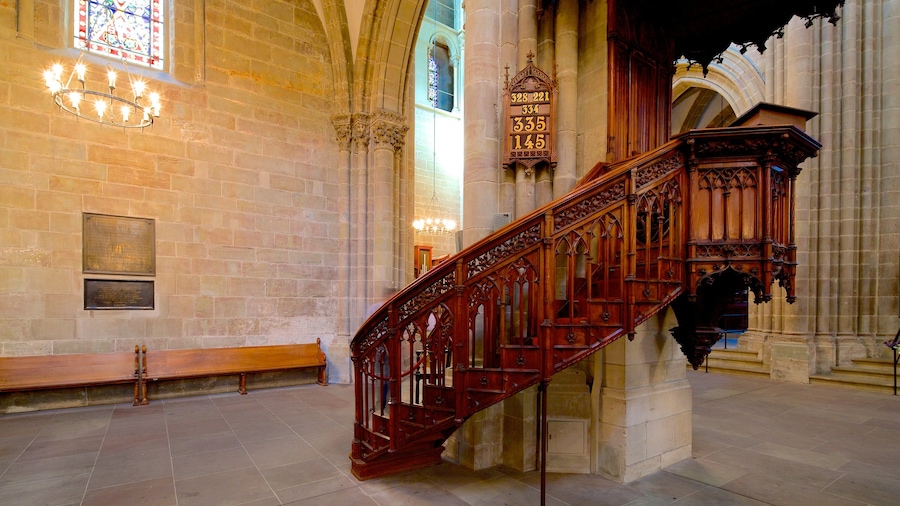Historic protestant reformers and Geneva's involvement in the Reformation are honored in this remarkable memorial, a massive wall with huge sculptures.
The Reformation Wall Monument is a powerful tribute to key figures in the religious movement that swept across Europe in the 16th century. The impressive carving measures 325 feet (100 meters) long and 30 feet (9 meters) high and features statues, bas-reliefs and inscriptions. It was constructed between 1909 and 1917 to commemorate the 400th anniversary of the birth of Protestant leader John Calvin.
The Reformation Movement ushered in a period of religious upheaval that divided Catholic Europe. It led to the creation of Protestant churches in the 16th and 17th centuries. During this time of intense turmoil, Geneva established itself as a safe haven for Protestant exiles from other parts of Europe.
Survey the four towering figures at the center of the monument. The 15-foot (4.5-meter) statues are of the most prominent reformers, including Guillaume Farel, one of the first people to lobby for the Reformation in Geneva and John Knox, founder of Presbyterianism in Scotland. There is a large inscription across the top of the wall that reads: ‘post tenebras lux’ which translates as ‘after darkness, light’. This was the motto of the Reformation and it remains Geneva’s motto today.
Look at the bas-relief of pilgrims praying on the deck of the Mayflower. This was the ship that transported them from England to the New World. Study the sculpture that depicts the presentation of the Bill of Rights to King William by the English Parliament in the 17th century.
You can also see smaller memorials dedicated to other important reformers, such as Martin Luther and Ulrich Zwingli. The statues are intentionally less prominent because Calvin disagreed with these leaders on several issues.
The Reformation Wall Monument is situated in the grounds of the University of Geneva, just below the old town. Take the tram to Place de Neuve and walk from there. After your visit, continue on to nearby Bastions Park where you can play chess on the enormous boards.








